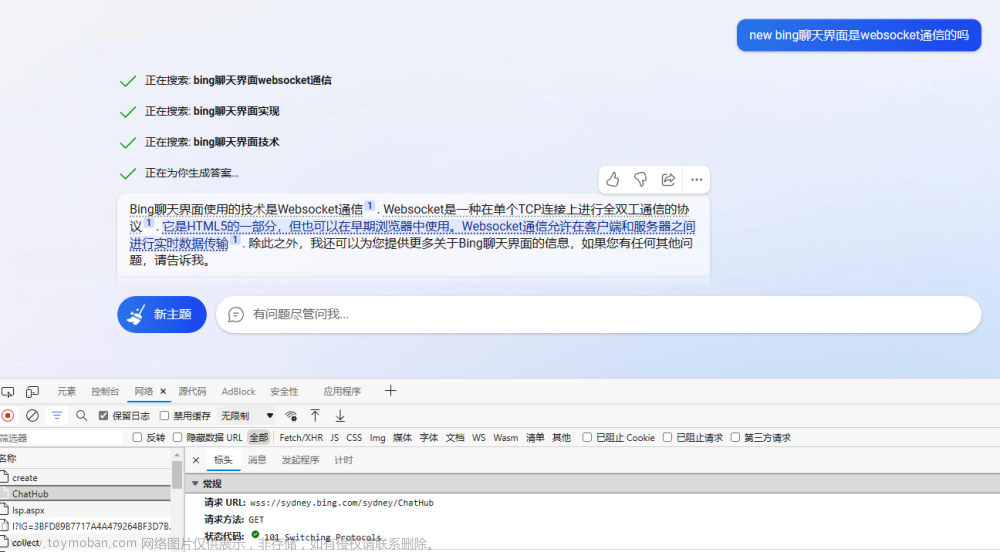使用Builder AST 转换为流式API
从Groovy 2.3开始,我们可以使用@Builder AST转换轻松地为我们的类创建一个流畅的API。 我们可以将注释应用于我们的类,结果类文件将具有支持流畅API的所有必要方法。 我们可以自定义如何使用不同的注释参数生成流畅的API。 在Groovy代码中,我们已经可以使用with方法 有一个简洁的方法来设置属性值或使用 命名的构造函数参数。 但是如果我们的类需要从Java中使用,那么为Java开发人员提供一个流畅的API来为我们的Groovy类做很好。
在下面的示例中,我们将@Builder注释应用于具有一些属性的简单类Message。 我们将所有内容保留为默认设置,然后生成的Message类文件将有一个新的builder方法,该方法返回一个内部帮助器类,我们可以使用它来设置我们的属性。 对于每个属性,它们是一个带有属性名称的新方法,因此我们可以设置一个值。 最后,我们的类包含一个build,它将返回一个具有正确属性值的Message类的新实例。
import groovy.transform.builder.Builder
@Builder
class Message {
String from, to, subject, body
}
def message = Message
.builder() // New internal helper class.
.from('mrhaki@mrhaki.com') // Method per property.
.to('mail@host.nl')
.subject('Sample mail')
.body('Groovy rocks!')
.build() // Create instance of Message
assert message.body == 'Groovy rocks!'
assert message.from == 'mrhaki@mrhaki.com'
assert message.subject == 'Sample mail'
assert message.to == 'mail@host.nl'
//If we want to change the names of the builder and build methods we can
//use the annotation parameters builderMethodName andbuildMethodName:
import groovy.transform.builder.Builder
@Builder(builderMethodName = 'initiator', buildMethodName = 'create')
class Message {
String from, to, subject, body
}
def message = Message.initiator()
.from('mrhaki@mrhaki.com')
.body('Groovy rocks!')
.create()
assert message.body == 'Groovy rocks!'
assert message.from == 'mrhaki@mrhaki.com'
//We see that for each property a corresponding method is generated. We
//can also customize the prefix for the generated method name with the
//annotation parameter prefix. In the following sample we define the
//prefix assign for the method names:
import groovy.transform.builder.Builder
@Builder(prefix = 'assign')
class Message {
String from, to, subject, body
}
def message = Message.builder()
.assignFrom('mrhaki@mrhaki.com')
.assignBody('Groovy rocks!')
.build()
assert message.body == 'Groovy rocks!'
assert message.from == 'mrhaki@mrhaki.com'
//Finally we can also include and exclude properties to need to be
//included or excluded from our fluent API. We use the annotation //parametersincludes and excludes to define the names of the properties.
//This can be a list or a comma separated list of names.
import groovy.transform.builder.Builder
@Builder(excludes = 'body' /* or includes = 'from,to,subject' */)
class Message {
String from, to, subject, body
}
def message = Message.builder()
.from('mrhaki@mrhaki.com')
.to('mail@host.nl')
.subject('Groovy 2.3 is released')
.build()
assert message.from == 'mrhaki@mrhaki.com'
assert message.subject == 'Groovy 2.3 is released'
try {
message = Message.builder().body('Groovy rocks!').build()
} catch (MissingMethodException e) {
assert e.message.readLines().first() ==
'No signature of method: static Message.body() is applicable for argument types: (java.lang.String) values: [Groovy rocks!]'
}
@Builder AST转换还检查@Canonical AST转换是否应用于类。 对于生成的构建器代码,还包括或排除在@Canonical转换中定义的任何包含或排除的属性。
我们可以使用builderStrategy注释参数定义SimpleStrategy策略。 然后生成的类将没有单独的内部帮助器构建器类和构建方法。 默认的prefix设置为set,但如果我们想要,我们可以更改:文章来源:https://www.toymoban.com/news/detail-472096.html
import groovy.transform.builder.Builder
import groovy.transform.builder.SimpleStrategy
@Builder(builderStrategy = SimpleStrategy, prefix = 'assign')
class Message {
String from, to, subject, body
}
def message = new Message()
.assignFrom('mrhaki@mrhaki.com') // Method per property.
.assignTo('mail@host.nl')
.assignSubject('Sample mail')
.assignBody('Groovy rocks!')
assert message.body == 'Groovy rocks!'
assert message.from == 'mrhaki@mrhaki.com'
assert message.subject == 'Sample mail'
assert message.to == 'mail@host.nl'
我们将在未来的博客文章中看到@ Builder注释的其他功能。文章来源地址https://www.toymoban.com/news/detail-472096.html
到了这里,关于使用Builder AST 转换为流式API的文章就介绍完了。如果您还想了解更多内容,请在右上角搜索TOY模板网以前的文章或继续浏览下面的相关文章,希望大家以后多多支持TOY模板网!









